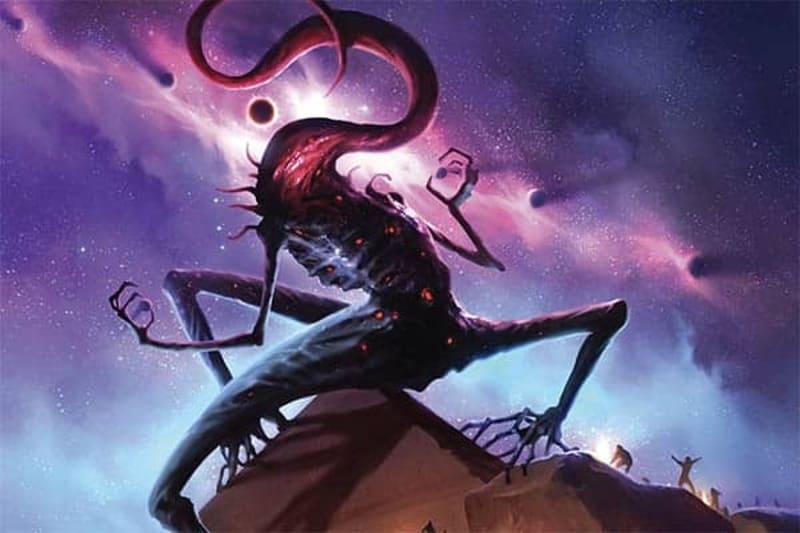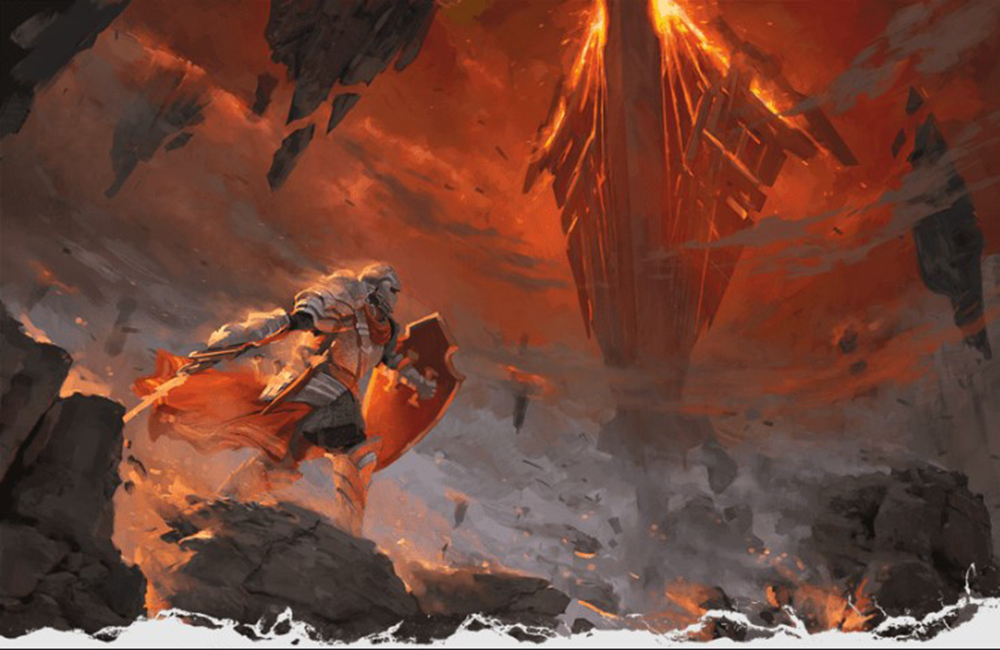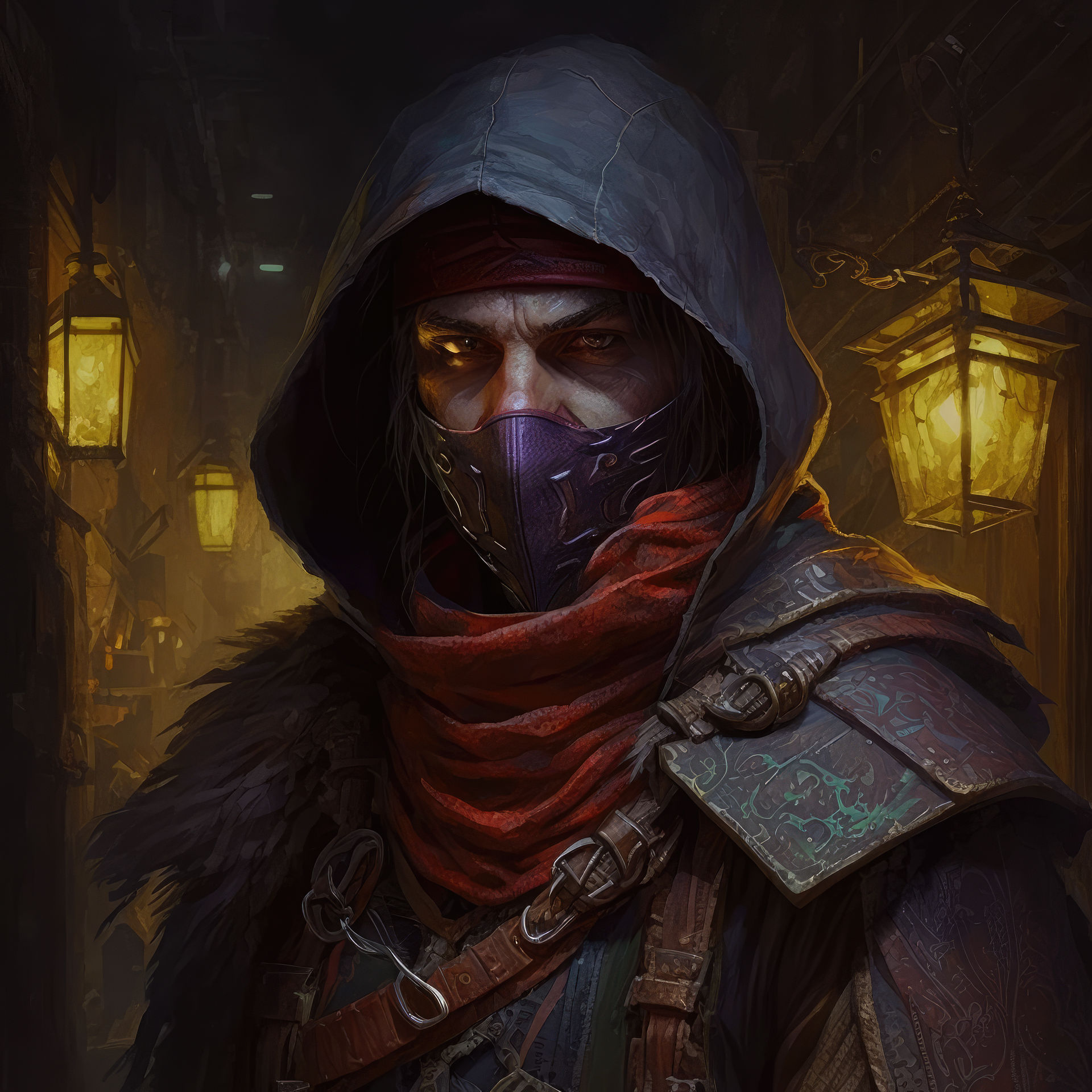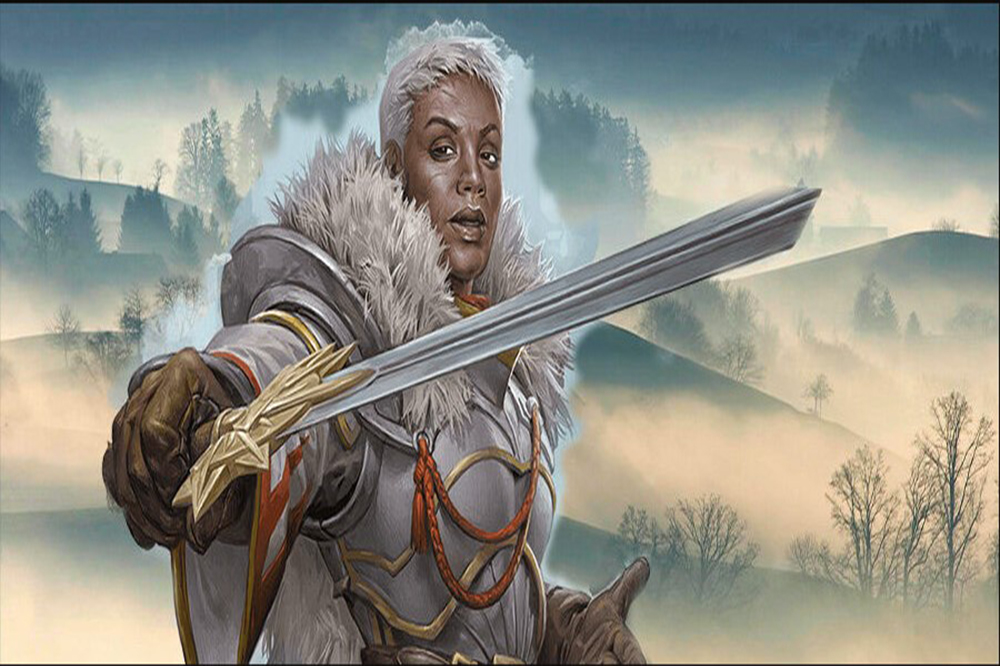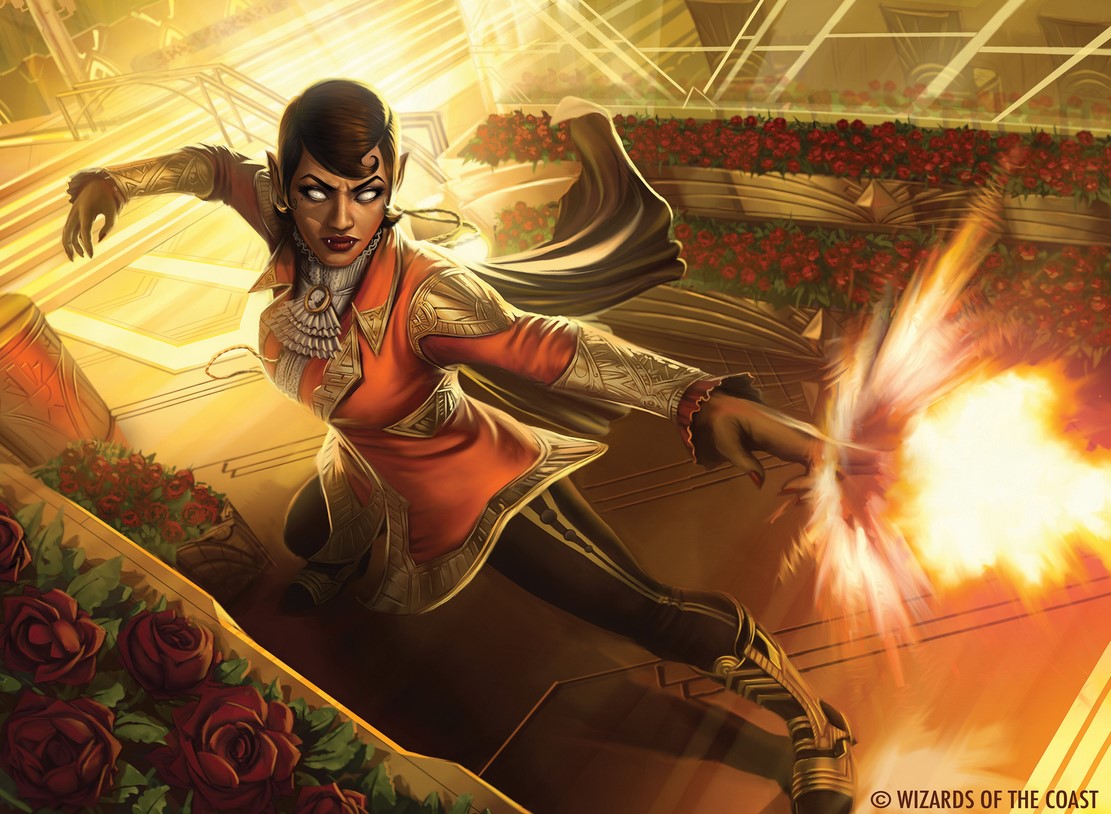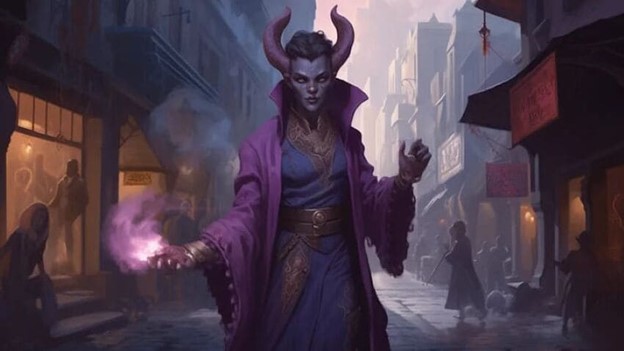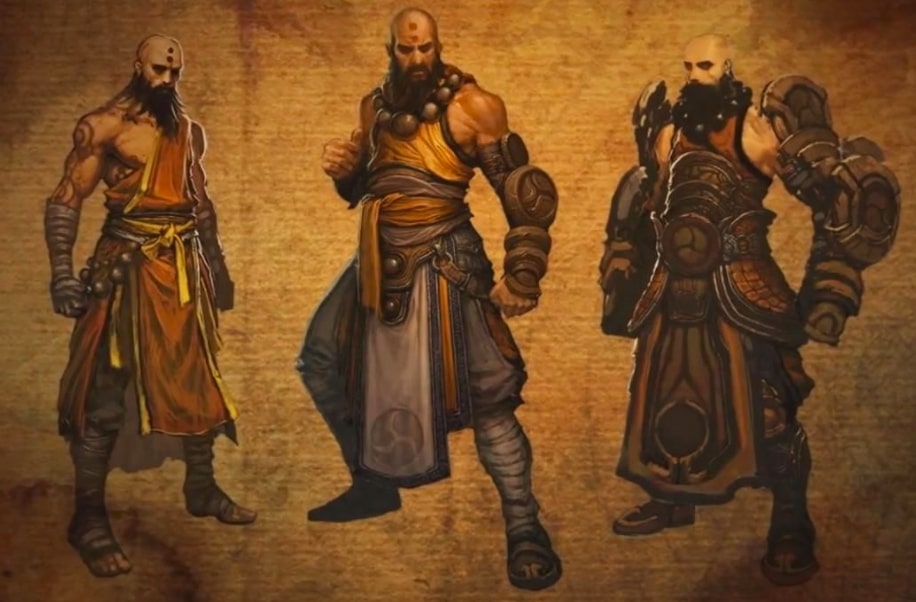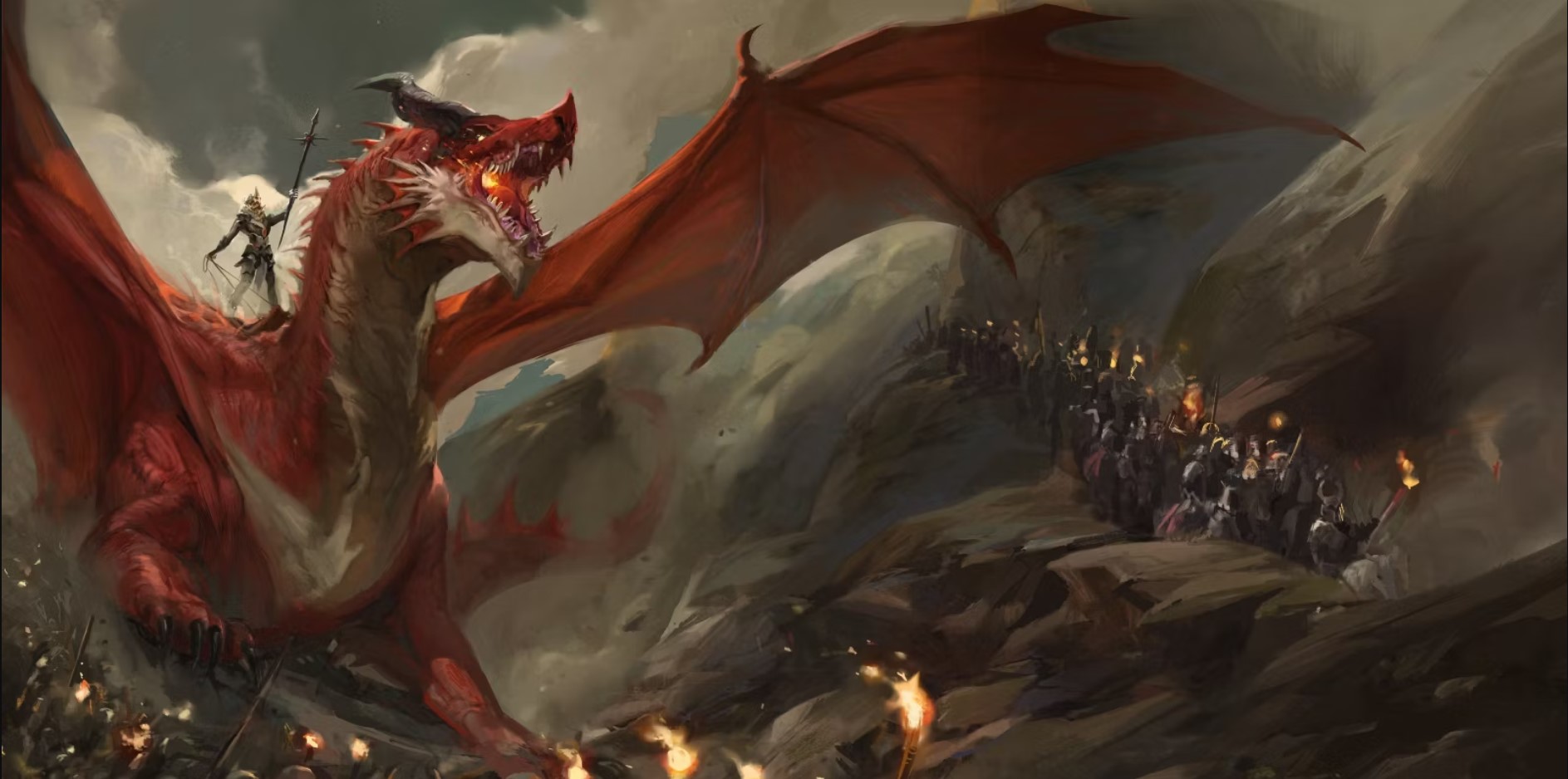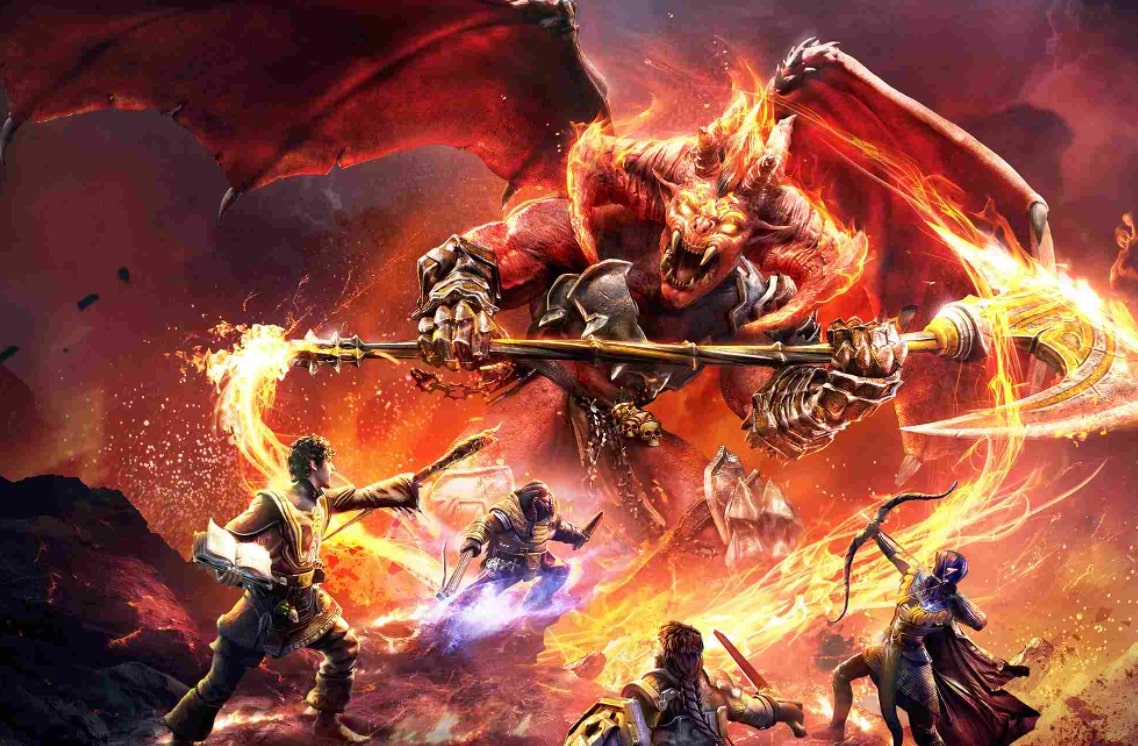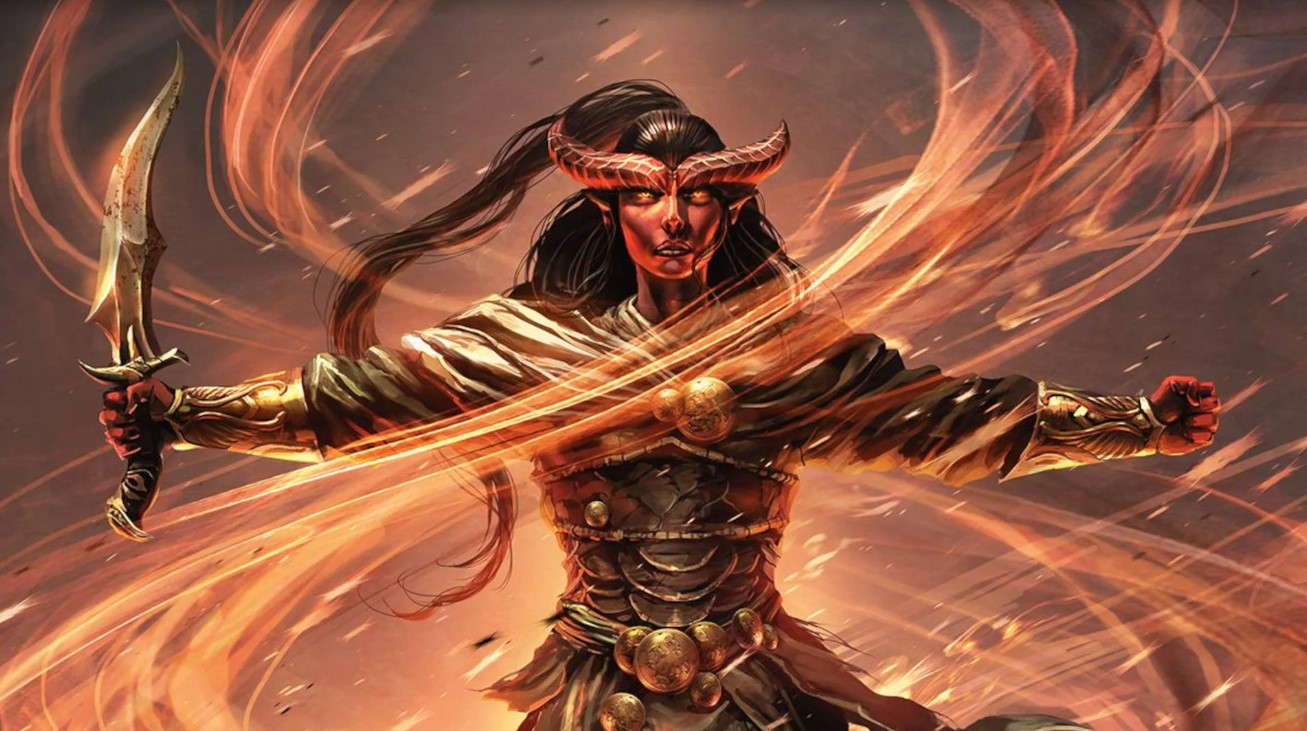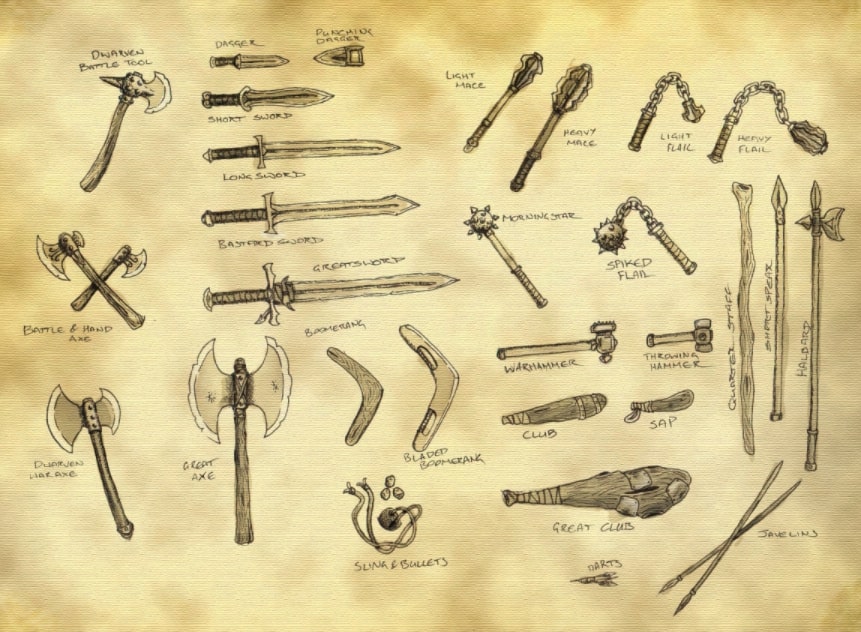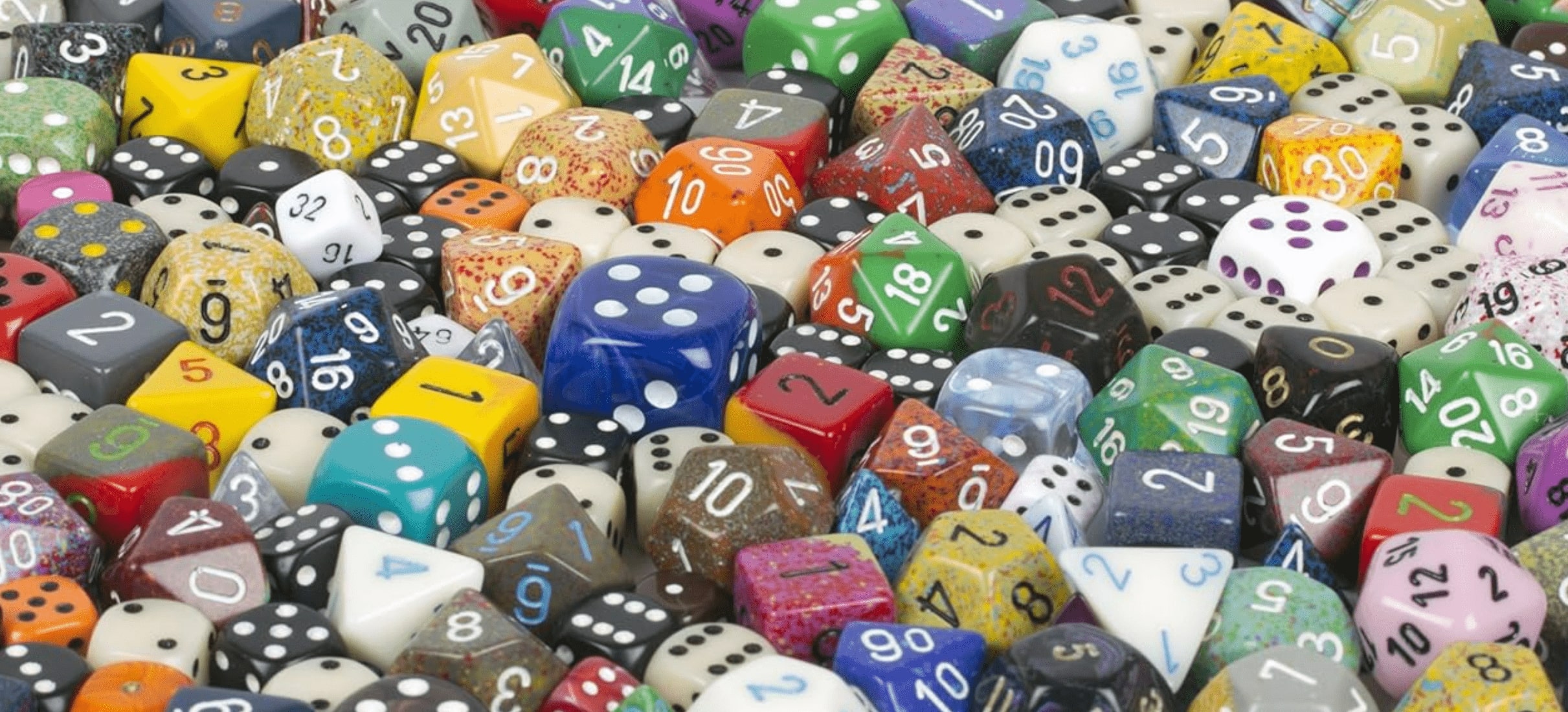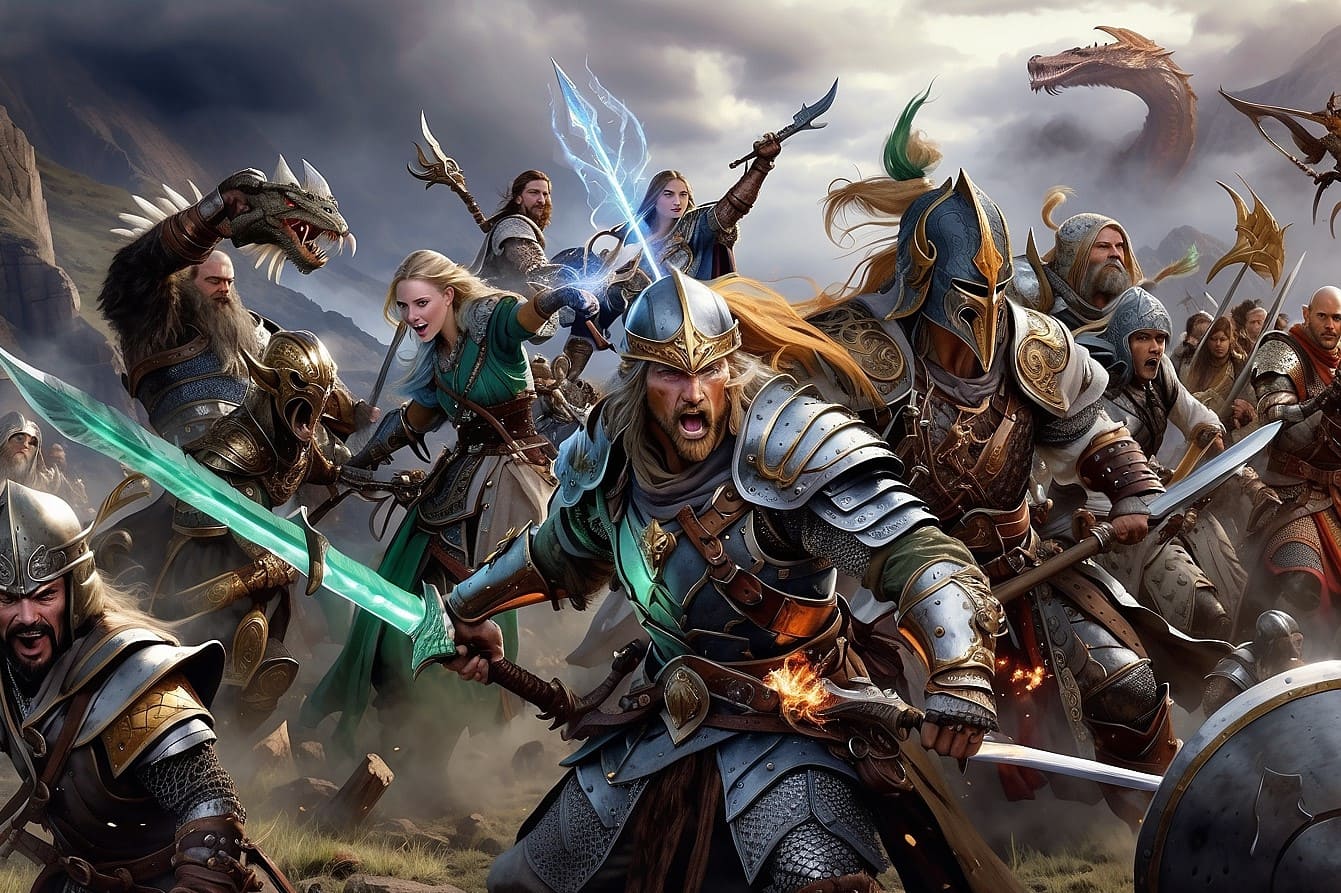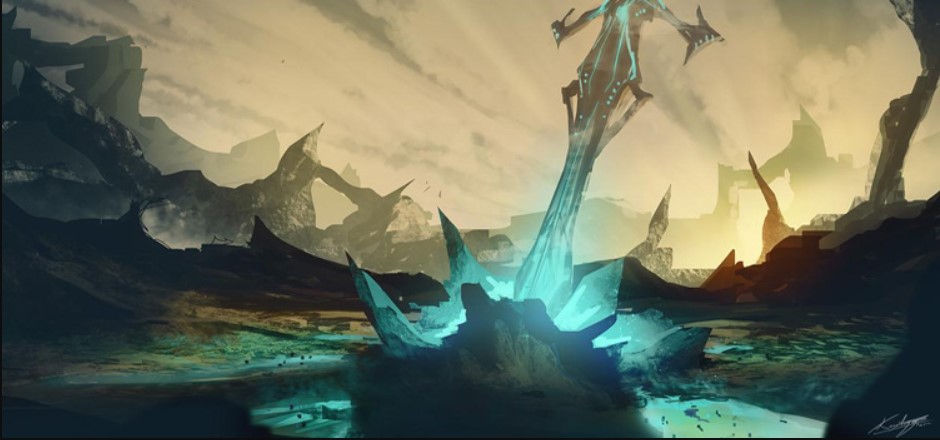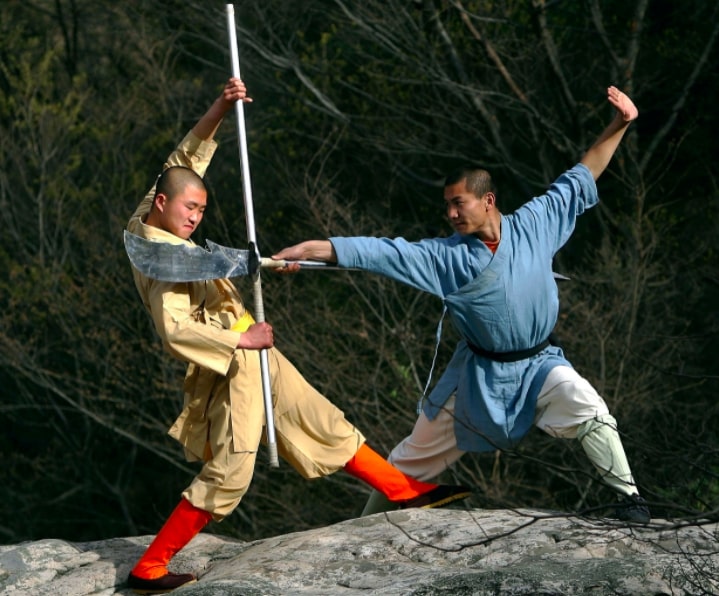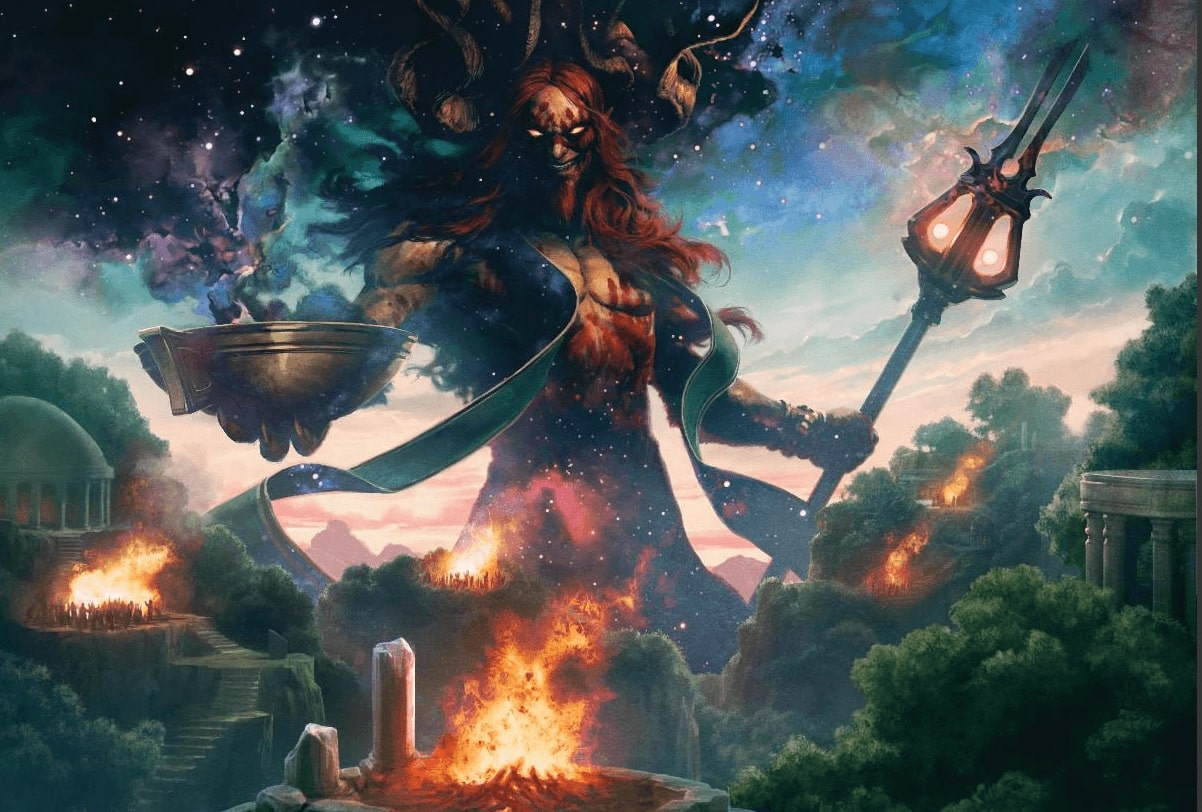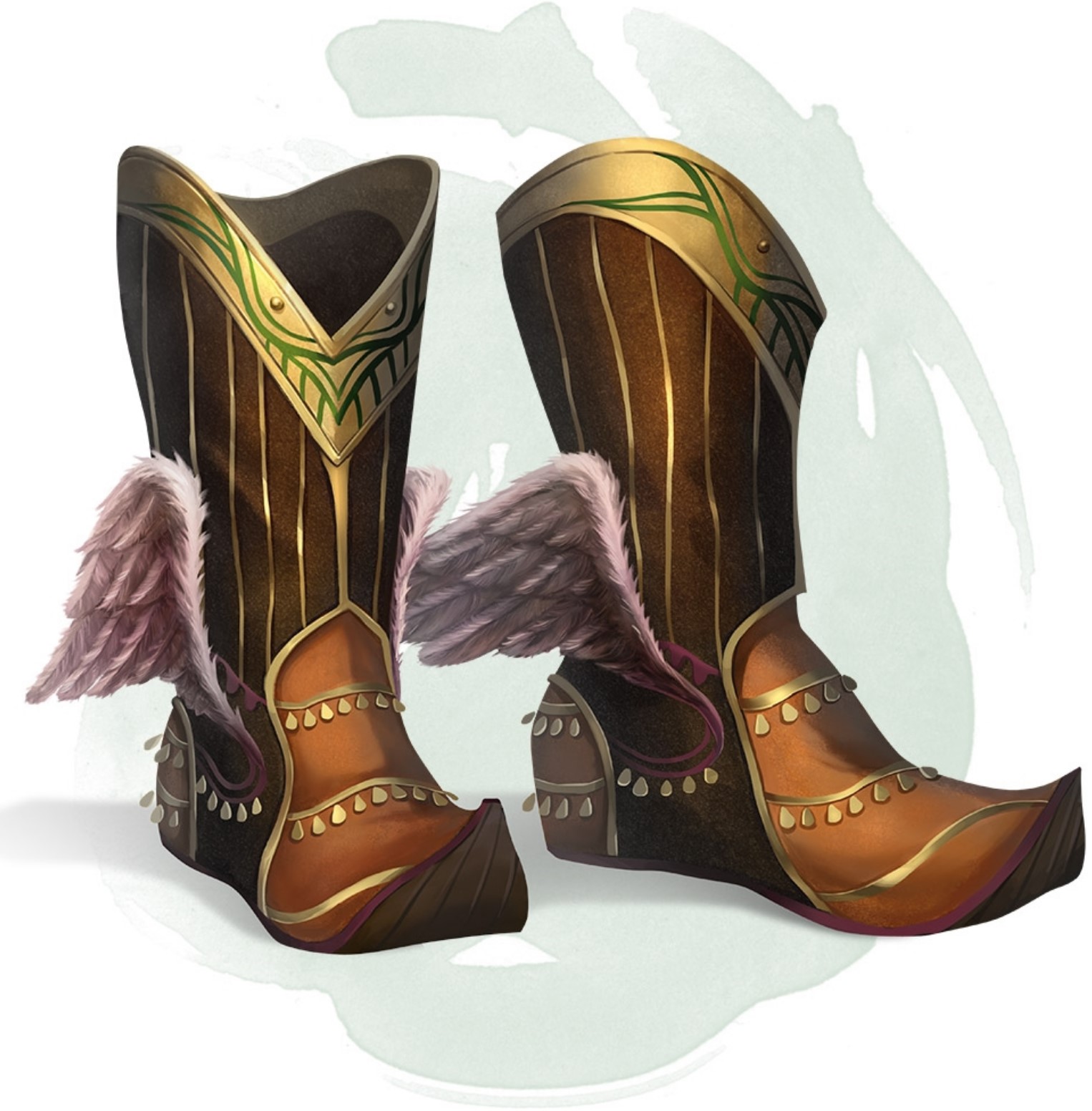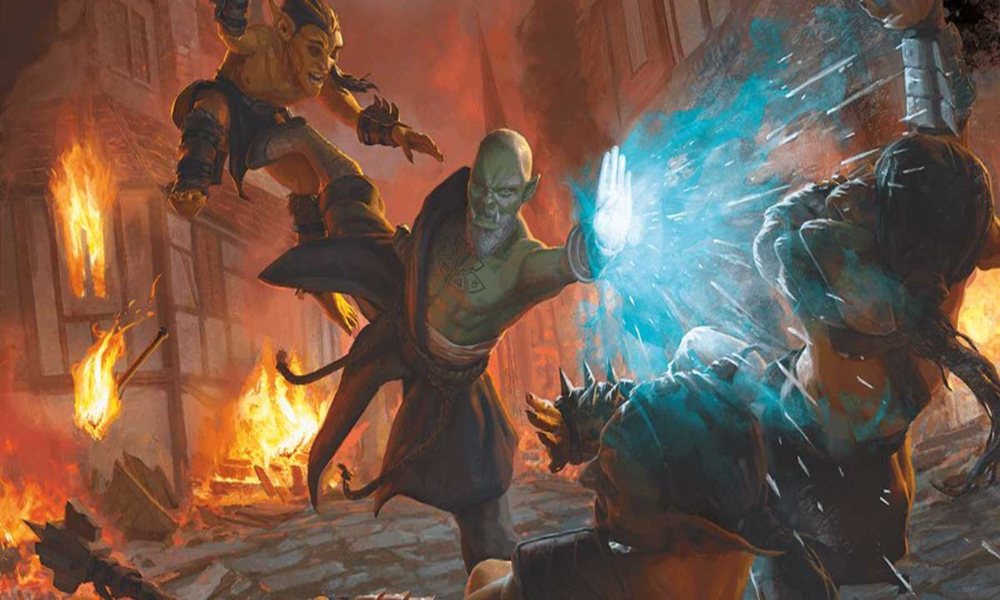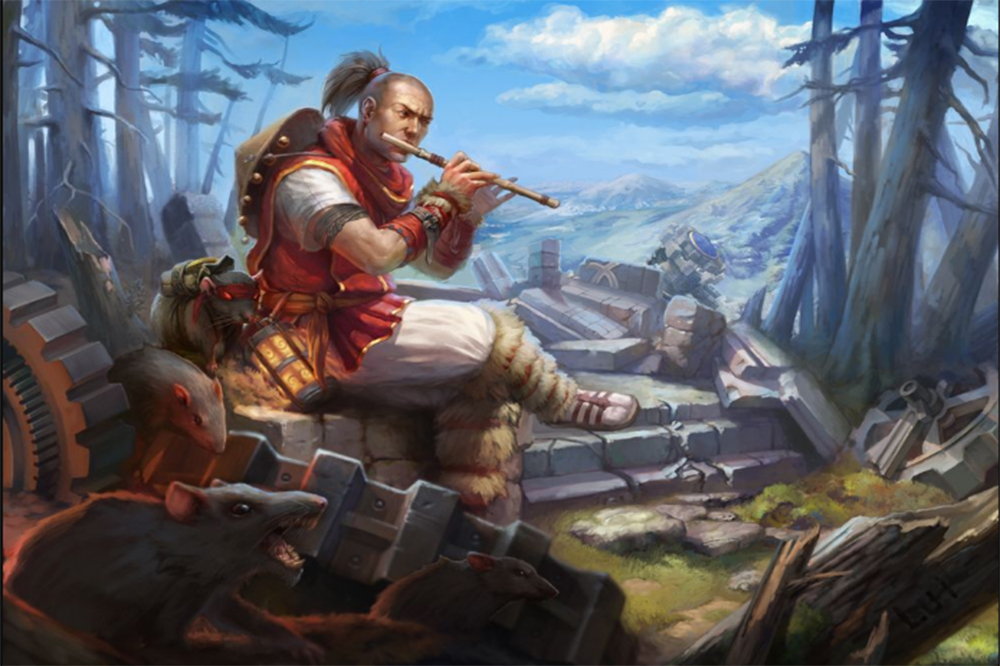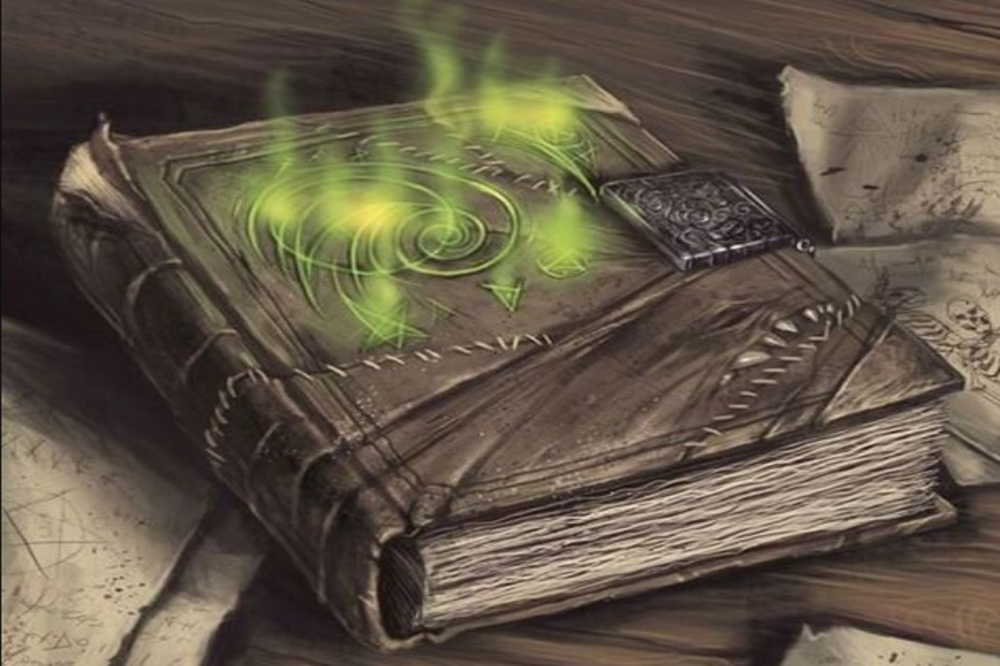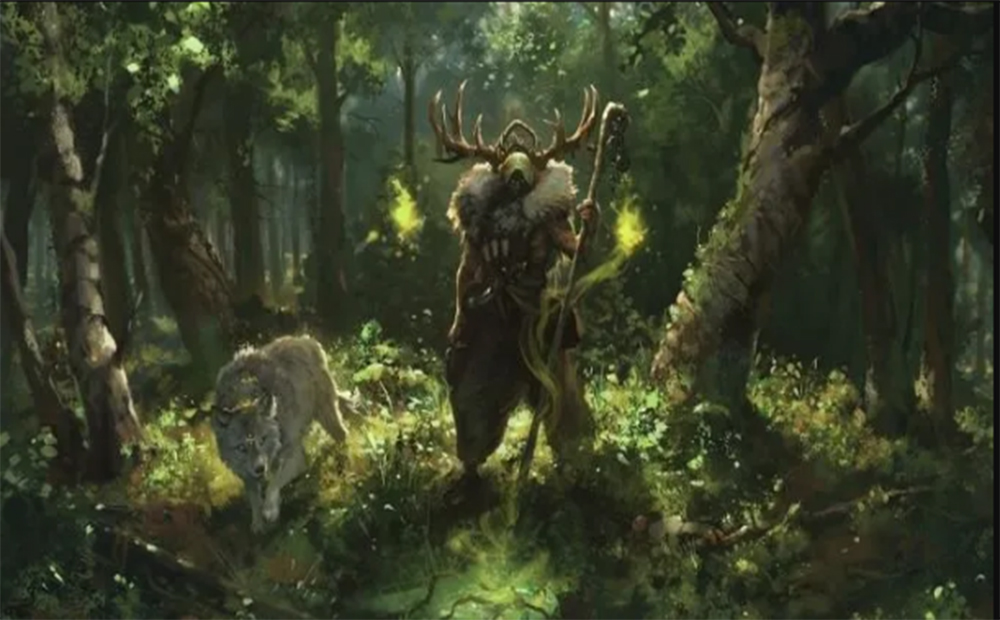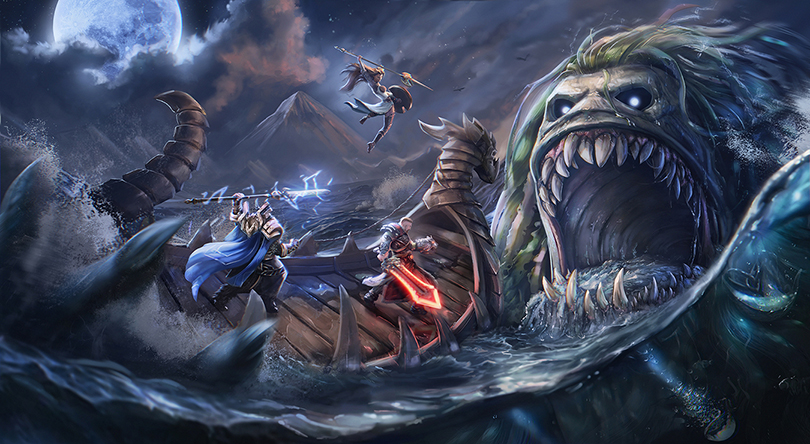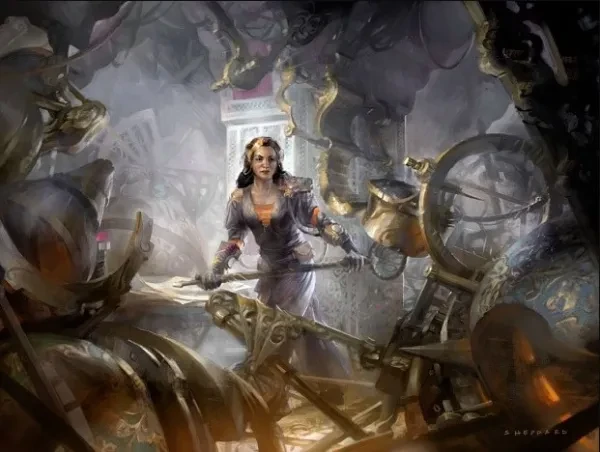
An artificer is someone who lives at the crossroads between magic and science. They are artisans and engineers who fuse the esoteric with a new discipline: technology.
Artificers are students of unusual sciences and philosophies, and, in 5th edition, they are a very versatile class with a wide array of abilities that don’t conform to the usual class design.
Thanks to this, Artificers rely on a different set of feats to bring out the most of themselves, and to help you make up your mind on what to spend your valuable Ability Score Increase, we’ve made a list with the best feats for artificers in 5th edition!
Disclaimer: Keep in mind that Feats, for as popular as they are, are still an optional rule, so make sure your table allows them before putting them on your character sheet.
10. Lucky
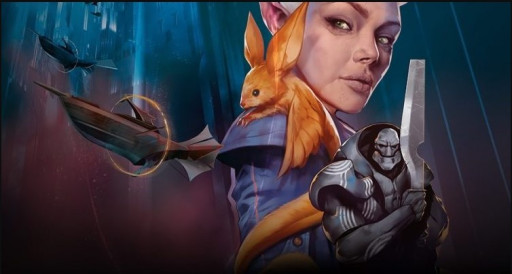
In Dungeons & Dragons, players largely interact with their surroundings by rolling a twenty-sided die. As a result, the 5e feat that improves a character's chance at achieving something has a wide range of applications, making it a good pick for almost every character in the game.
Lucky can benefit any class. Thanks to it, three d20s can be rerolled each day. That's always excellent, and you should consider it if you're having trouble rolling.
Details: http://dnd5e.wikidot.com/feat:lucky
9. Tough
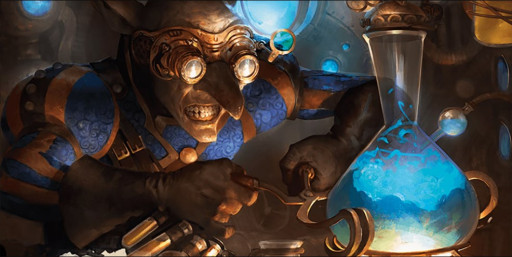
The Tough feat is a simple one with a very beneficial effect: it grants a character two Hit Points every level.
Taking this on an artificer puts them up to level with a ranger or paladin, with hit points close to those of a barbarian. It is useful for all artificers, but it is especially useful for Battle Smiths and Armorers who may desire to engage in melee combat.
Details: http://dnd5e.wikidot.com/feat:tough
8. Keen Mind
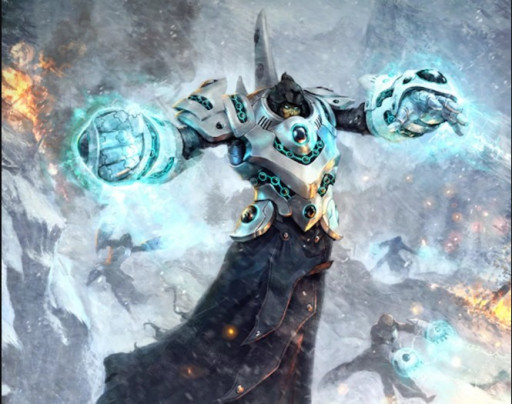
You know which way is North, what time it is, and can recollect whatever you've seen or heard. This is the fascinating section. It can be used to create police sketches or to solve riddles flawlessly. Your character remembers everything vividly, and may even have a photographic memory!
Details: http://dnd5e.wikidot.com/feat:keen-mind
7. Resilient (CON)
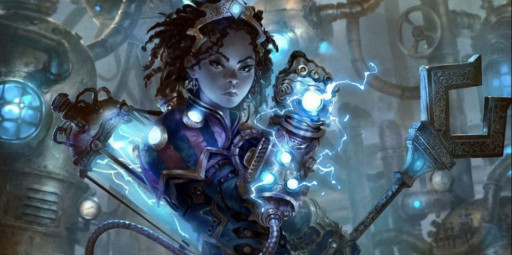
A saving throw is a character's principal line of defense against the game's direr effect. However, they are usually relatively static until a character is competent in them, making high-level effects very likely to be successful.
Using the Resilient feat, a character can simply become proficient in one saving throw of their choice, you could become proficient in Constitution, for example, making it less likely to fail you Concentration saves.
Details: http://dnd5e.wikidot.com/feat:resilient
6. Sharpshooter
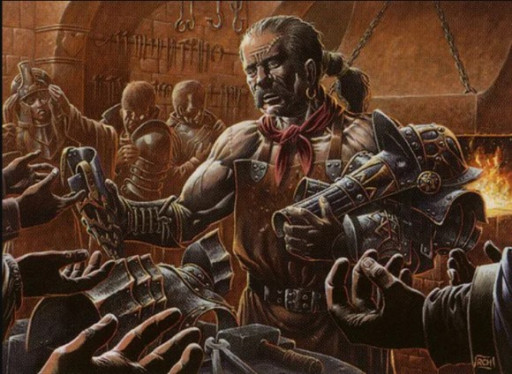
Artificers are extremely useful and versatile classes. They have some of the best utility in the game, are incredibly skilled with tools, and have spells that can help allies while harming opponents. To compensate, they are often more limited in terms of raw damage than other classes.
Sharpshooter allows an artificer to contribute more and reinforce their strikes in competitive play. It carries a penalty for accuracy, which artificers might alleviate in a variety of ways.
Details: http://dnd5e.wikidot.com/feat:sharpshooter
5. Fighting Initiate
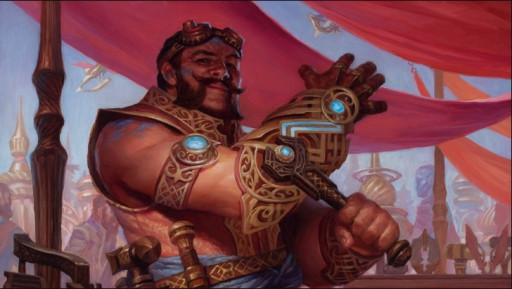
In 5e, a character's combat style can designate them as a master of a specific weapon. Most martial classes and some caster subclasses have access to them if they are anticipated to use a weapon. The artificer does not, despite being a half-caster with a small specialization on weapons.
This is a viable option for the Battlesmith or Armorer to consider. Given that both of those Artificers work with weapons in some way, the Fighting Style build may benefit them the most.
Details: http://dnd5e.wikidot.com/feat:fighting-initiate
4. Alert
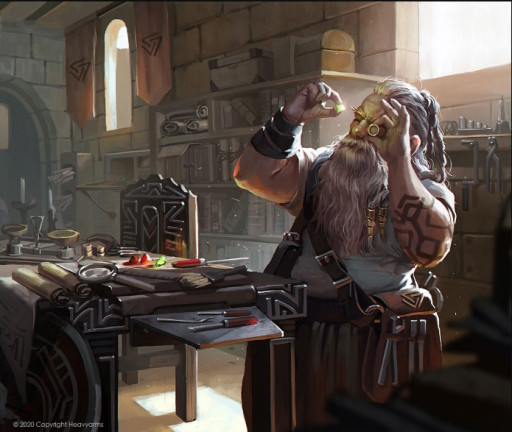
While Alert does not appear to be the most powerful feat in the world, it helps you deal with the surprised condition and lets you avoid being hit with Advantage from invisibility or stealth, but the best part is getting a +5 on initiative checks.
Details: http://dnd5e.wikidot.com/feat:alert
3. Warcaster
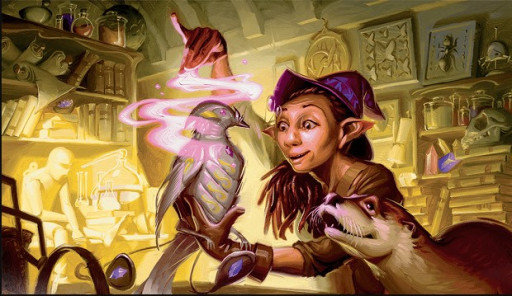
The artificer is expected to participate in the middle of combat more than other casters. They have better hit points and armor proficiency than other casters, and two of their subclasses can be modified for melee combat. As a result, they may encounter more aggressive opponents than conventional casters.
This ability is required for any melee spellcaster. Maintaining concentration checks in melee is exceedingly tough; having advantage makes them much easier, and you can cast a spell instead of an opportunity attack. Spells almost usually deal more damage than weapons, especially late in the game.
Details: http://dnd5e.wikidot.com/feat:war-caster
2. Telekinetic
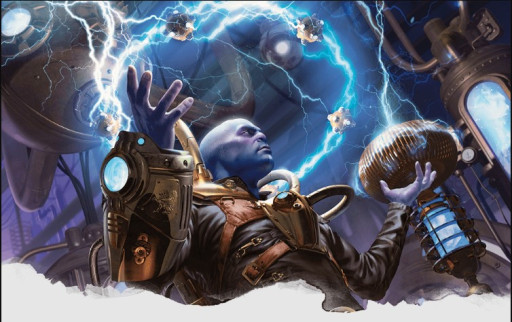
You get a +1 to Intelligence (or Wisdom/Charisma).
You also get a powerful Mage Hand that can move up to 60 feet away from you, is invisible, and may be thrown without any additional components.
Despite being merely 5 feet long, it grants you a Bonus Action and discourages opponents from approaching you. You can use this to win footraces and avoid being hit by specific opponents.
Details: http://dnd5e.wikidot.com/feat:telekinetic
1. Heavily Armored
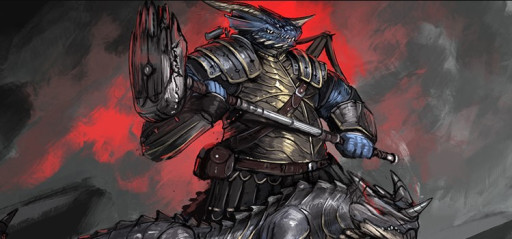
Artificers really just need intelligence. Even for alchemists and artillerists, the switch to heavy armor makes sense given that you are already wearing medium armor.
With this feat, you can equip Heavy Armor, which has the greatest AC in the game. Additionally, it grants you +1 Constitution, enhancing your health reserve and extending your life span.
Details: http://dnd5e.wikidot.com/feat:heavily-armored
You may also be interested in:

